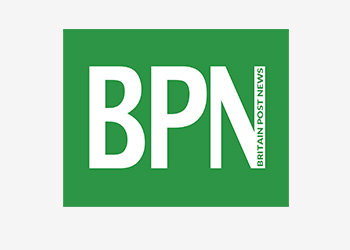US interest rate hike will weaken the economy

The Fed’s new interest rate hike is going to hurt the economy. It will increase borrowing costs, slow the economy and hurt consumer prices.
The Federal Reserve is set to raise interest rates for the fourth time this year, this time by three-quarters of a percentage point. This is the largest one-time increase since 1994. The Fed is expected to continue raising rates briskly, but may slow down a bit in September. Chairman Jerome Powell has said that the path of interest rates remains “reasonable.” He has indicated that the Fed will raise borrowing costs to a moderately restrictive level by the end of the year.
A higher interest rate makes borrowing more expensive, and businesses will be less willing to borrow, cooling the economy. Already, the 30-year fixed mortgage rate has nearly doubled, to 5.5%, since the Fed last increased rates. As a result, home sales have declined. However, the Fed is betting that it can slow the economy in a deliberate way without triggering a recession.
Increasing borrowing costs can decrease spending, but it won’t reverse global shortages. The war in Ukraine and the shutdown of the Chinese economy have exacerbated shortages globally. Even if the increase in borrowing costs reduces the cost of airline flights and restaurant meals, it will take several months before the shortages go away.
The Federal Reserve has stepped up its war on inflation by raising its key benchmark interest rate for the second time this year, but this time it will be by three-quarters of a percentage point, which will likely raise borrowing costs for businesses and families. The previous increase, half a percentage point, in May, was the largest since 1994. Nonetheless, this three-quarters hike by the Fed will likely cause further jitters among Americans who are already feeling the effects of rising prices.
The rate hike will increase the cost of borrowing for many consumers, especially those who are trying to buy a home. The Fed says the rate increase will keep inflation under control by dampening consumer spending. But that will raise borrowing costs for borrowers in other areas. This policy is expected to continue until inflation falls below its target rate of two percent, which is currently around 3.25 percent. The recent CPI data also dented hopes of a broader pullback.
The Fed expects to raise rates again this year, and many analysts believe that this will continue until 2022. The next hike is scheduled for September, and the remaining three Fed meetings in November and December are expected to see another rise as well. However, as long as these increases continue, borrowing costs will remain high for consumers.
A big worry among investors is that a huge US interest rate hike will slow the economy. That would mean higher costs for companies and consumers, and would also slow economic growth, which the Fed wants to avoid. The Fed wants to keep inflation low and has two mandates: to maximize employment and keep prices stable. A recent survey showed that many Americans consider inflation to be their number one worry.
Historically, interest rate increases have played a major role in triggering recessions. When the real short-term interest rate reaches its peak, it signals that the economy is entering a slowdown. A recession usually follows months or years later, and is characterized by slower growth, falling real output, and higher unemployment.
But it’s not the only reason why consumer prices are rising. There’s also a growing number of signs that the economy is struggling. The S&P 500 is down 16 percent year-to-date. A US interest rate increase will only make the economy worse and may result in more job losses. This is a risk investors should consider.

